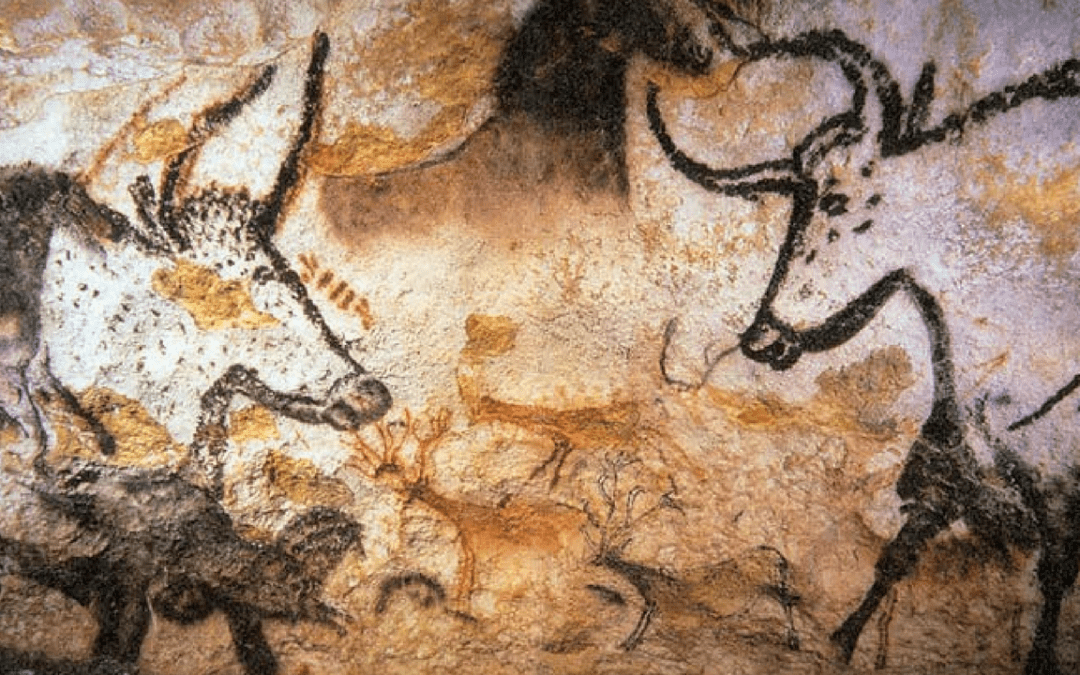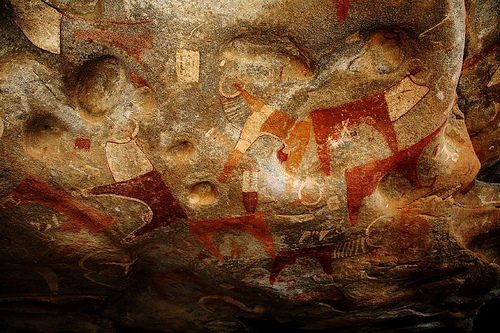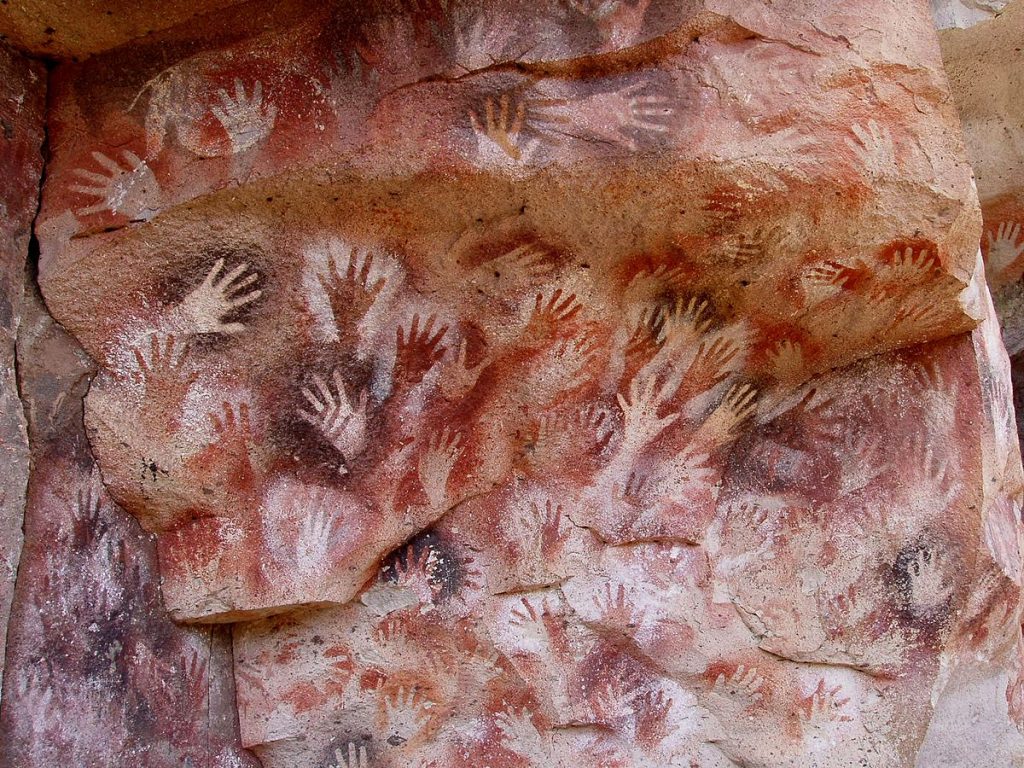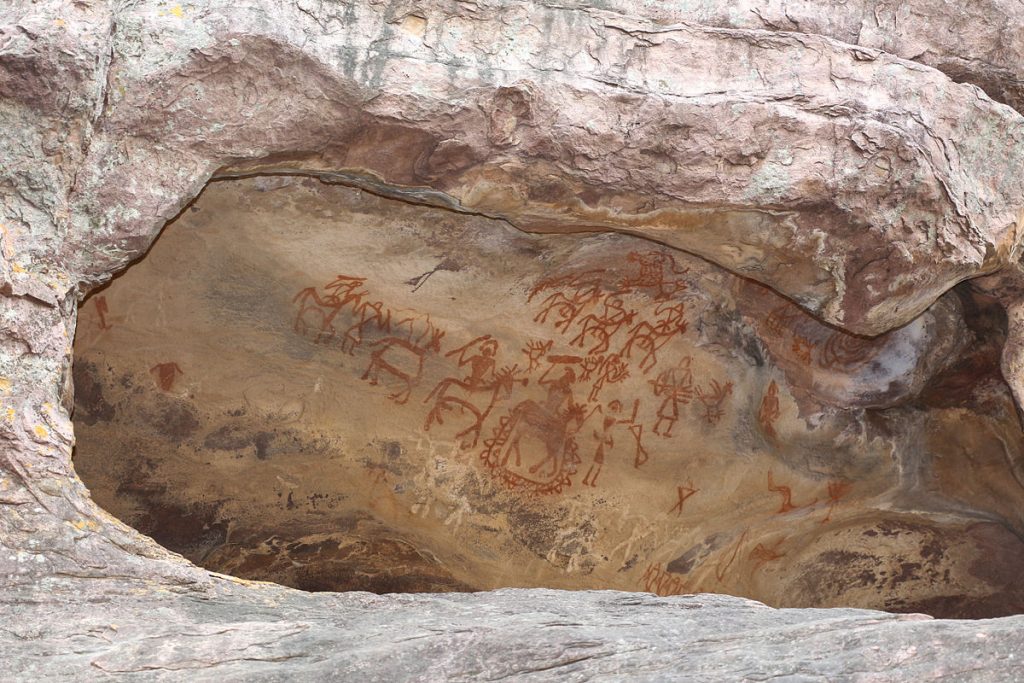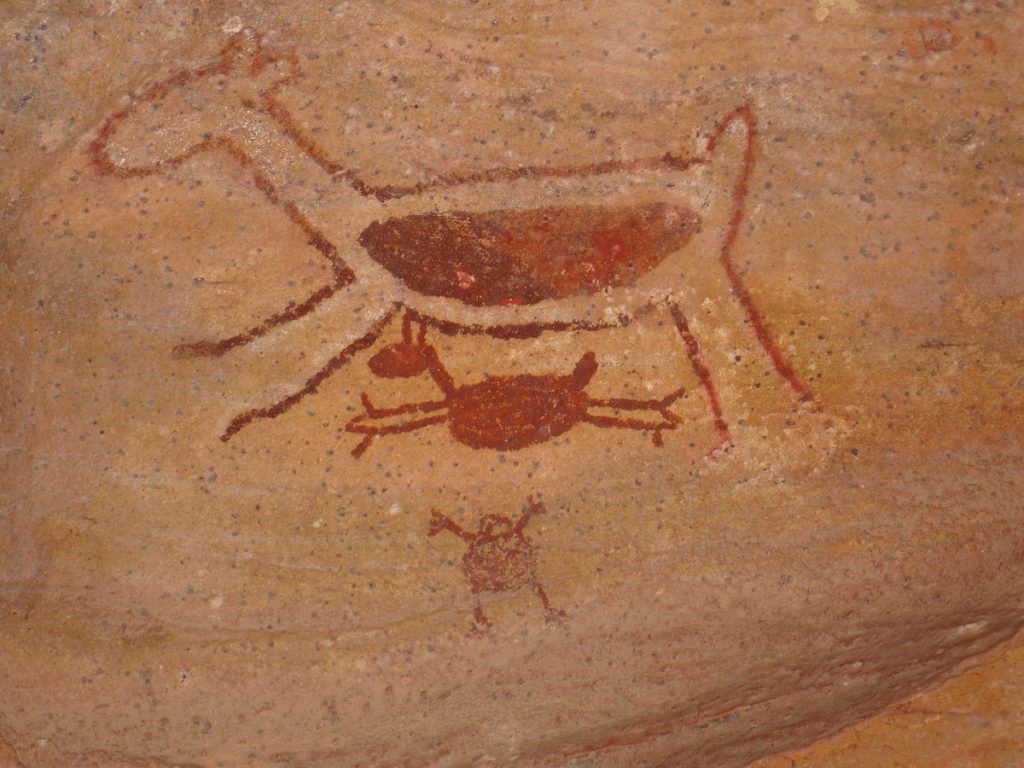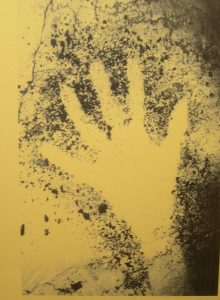Cave paintings also known as parietal paintings were drawn by men on cave walls or ceilings. Most were drawn during prehistoric times, around 40,000 years ago. Why did cavemen all over the world make cave paintings? Nobody knows, but there are a few theories. Prehistoric men and women may have used it as a way to communicate with one another. It’s also possible that they were used as part of some sort of religious rituals. You may think that it could have just been decoration, but that’s unlikely. Cave people normally were nomadic and didn’t stay in one cave for a very long time. One interesting fact is that cave paintings are incredibly similar all over the world. Cave paintings are some of the oldest works of art known to known, check out the 10 most amazing below!

Magura Cave
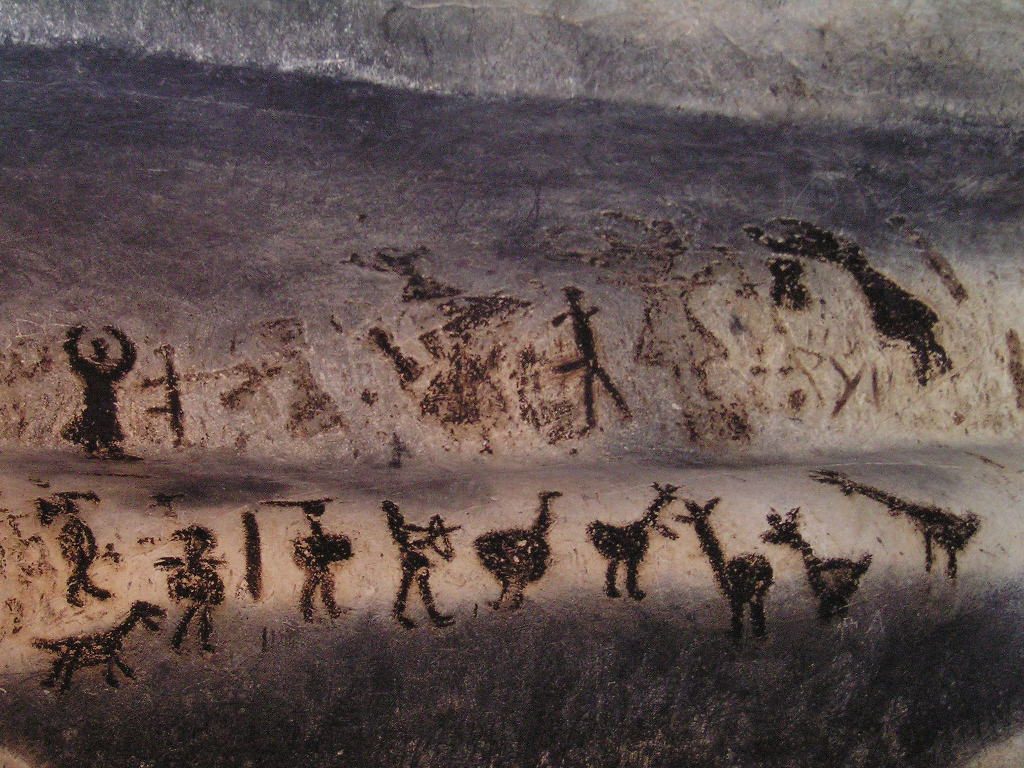
Tourists can find Magura Cave in the north east of Bulgaria. Being one of the largest caves in Bulgaria it may be hard to miss. Once inside you’ll be overwhelmed by the hundreds of amazing cave paintings to be found inside. There are more than 700 mysterious paintings. Make sure to look to but don’t touch as these paintings were made with bat guano otherwise known as bat poo. The cave formed 15 million years ago, and you’d have to walk 1.6 miles to see the whole thing. The cave contains one main gallery with six halls and three lateral galleries around it. The main gallery is divided into six chambers, the largest one is called the Arc Hall. Arc Hall reaches 69 ft high, and extends 420 ft long.

Laas Gaal Cave Paintings
Laas Gaal are caves on the rural outskirts of Hargeisa, Somaliland. Inside the caves you can see some of the oldest cave paintings in the Horn of Africa. They were painted possibly over 10,000 years ago, somewhere between 9,000 and 3,000 BC. The paintings depict cows in ceremonial robes, and humans accompanying the cows. The cows necks have been embellished by a type of turtle shell. Other animals painted include a giraffe, a canidae, and a domesticated dog. French archaeologists were shocked to discover the cave paintings while searching for caves containing stratified archaeological infills, to help document the period when production economy appeared in this part of the African Horn.

Cueva De Las Manos
When translated into English it says Cave of Hands, because of the paintings found inside. Waves of people have been painting specifically their left hands on the walls for hundreds of years. The paintings are about 13,00 to 9,000 years old. People would place their left hand on the wall and use pipes made out of bone to spray paint on the wall creating a silhouette. Carbon dating these pipes is what tells us the date of the paintings. It’s not just hands they painted though. There are also depictions of humans felines, and other animals. They also made patterns and shapes. They made sure to paint the sun, and even some hunting scenes.

Bhimbetka
You can find Bhimbetka caves in central India. Inside visitors can admire over 600 cave paintings thousands of years old. The oldest paintings found were around 30,000 years old. Homo erectus lived in the cave around 100,000 years ago. The caves have even shown evidence of early dance. The caves show the earliest stages of human life on the Indian Subcontinent, the beginning of the Indian Stone Age. In english the name reads sitting place of Bhima. Paintings are both old, and relatively new, with some dating as early as the medieval period. There are seven different periods of paintings. Painters started in the Upper Paleolithic period, and the last were in the medieval period. The reason the paintings survived for so long is because they were drawn in niches, or on walls deep inside the caves.

Serra DA Capivara
The oldest known works of art in South America were painted in Serra DA Capivara national park of Brazil. Some of the cave paintings are over 25,000 years old. The park was created to protect prehistoric artifacts and cave paintings found in the area. The Capivara mountain range had a heavy population of people in the pre-Columbian era. This explains why there are so many prehistoric sites in the area, in fact it has the largest number of prehistoric sites in the Americas.

Lascaux Paintings
The Lascaux caves have been nicknamed the Prehistoric Sistine Chapel. Lascaux is richly decorated with over 600 cave paintings. The paintings are remarkable for being painted with such detail. Some paintings were done around 17,000 years ago. Altogether they are the result of generations of work. The paintings depict animals that were found locally, this has been corroborated by fossils found nearby. Most of the 2,000 figures painted were painted onto walls using red, yellow or black colours. Hundreds of animals were painted including 364 equines, and 90 stags.

Chauvet Cave
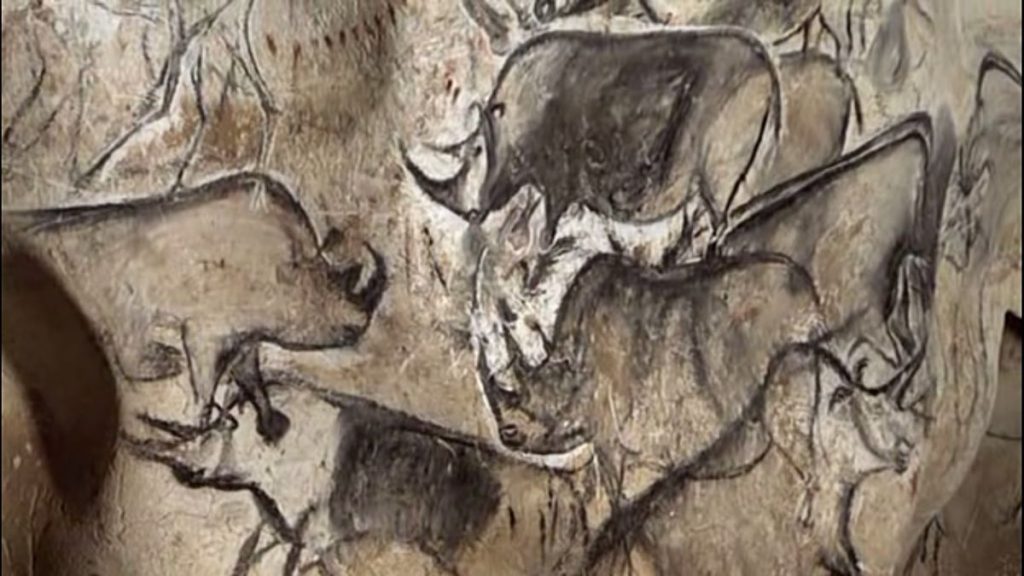
The art dates back to 32,000 BP. Chauvet cave cane be found in the Ardeche department of southern France. The cave serves as home for some of the best preserved figurative cave paintings in the world. It was discovered on 18 December, 1994. Many consider it to be one of the most significant prehistoric art sites in the world, and UNESCO granted it world heritage staus only around three years. The cave was named after one of the three speleologists that discovered it, Jean-Marie Chauvet.

Cosquer Cave
The Cosquer Cave can be found in the Calanque de Morgiou in Marseille, France. What’s interesting about this cave is that it’s actually located over 120 ft underwater. The cave was discovered in 1985 by Henri Cosquer, but the public didn’t know of it’s existence until three divers got lost in the cave and died in there. Unfortunately much of the artwork was destroyed by sea water. The art is incredibly old with paintings of hands dating back to 27,000 years BP, and some paintings of animals dating back 19,000 BP.

Kakadu
Kakadu National Park is a protected area in Northern Australia, located along the Alligator Rivers. It’s 7,646 square miles, the size of Slovenia. Art was made here for many reasons. They would paint animals to place themselves in touch with the spirit of the animal, which they hoped would help ensure a successful hunt. Stories were painted to teach about the Creation Ancestors. Sometimes paintings would even be used to try and magically influence events. Painters wouldn’t just draw animals but also their bones and organs, which is why they were called x-ray paintings.

Cave Of Altamira
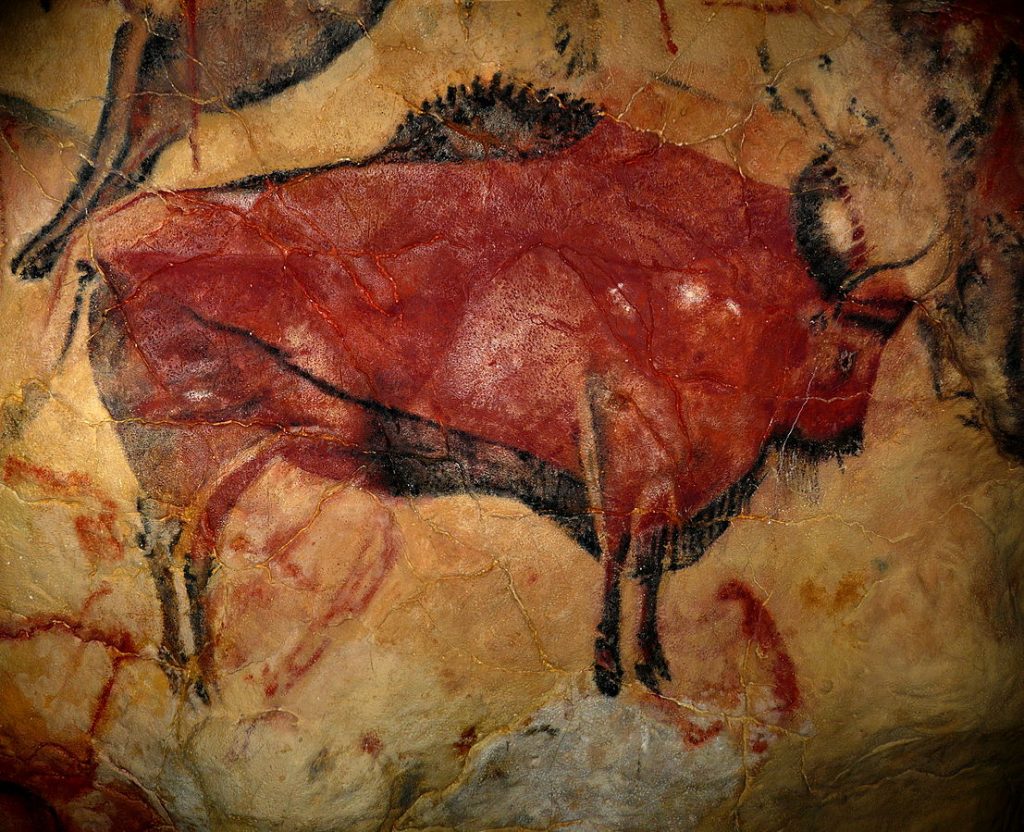
Altamira is a special cave. 13,000 years ago, the cave entrance caved in, sealing the paintings inside. This meant the cave paintings inside were safe from outside, and climate influences, which led to them being some of the best preserved paintings in history. Ancient artists painted human hands and animals they encountered on the cave walls. The cave is located on the edge of Spain. The oldest paintings inside date back to 35,600 years ago. The cave is gigantic, measuring 1000 metres long. Once inside you have to navigate through a series of twisting passages and chambers. The structure of the cave is constantly changing as you move through it, with the ceiling ranging from two metres high, to six metres high.

